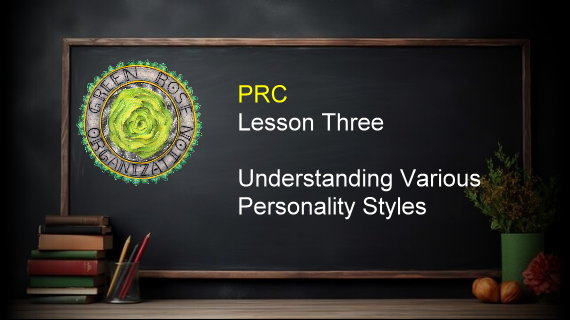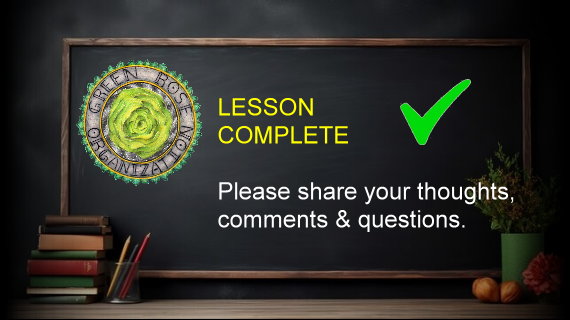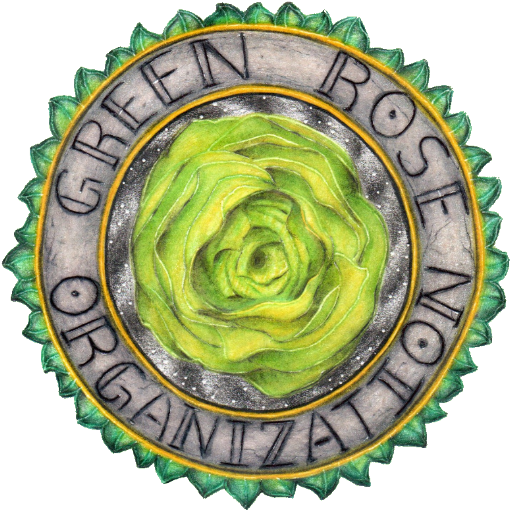
UNDERSTANDING VARIOUS PERSONALITY STYLES
A SYNOPSIS OF 5 COMMON FRAMEWORKS FOR ANALYZING HUMAN PERSONALITY
Personality styles refer to recurring patterns of thoughts, feelings, and behaviors that shape how individuals interact with the world and navigate relationships. The concept has evolved through psychology, with various theories categorizing personality styles to provide insights into human behavior. Here’s a comprehensive overview of common frameworks: 1. Big Five Personality Traits (OCEAN Model)—This widely accepted framework classifies personality into five broad dimensions: Openness: Creativity, curiosity, and willingness to explore novel experiences. High openness reflects imaginative thinking, while low openness indicates a preference for routine and familiarity. Conscientiousness: Organization, reliability, and goal-oriented behavior. High conscientiousness correlates with self-discipline and planning, while low conscientiousness involves spontaneity or carelessness. Extraversion: Sociability, energy, and enthusiasm for external interactions. Extroverts thrive on stimulation from social environments, while introverts prefer solitude or low-stimulation activities. Agreeableness: Compassion, trust, and cooperation in interpersonal relationships. High agreeableness signals empathy and kindness, while low agreeableness may lean toward skepticism or assertiveness. Neuroticism: Emotional stability and tendency toward anxiety or mood swings. High neuroticism is linked to sensitivity to stress, while low neuroticism reflects resilience and calmness. 2. Jungian Typology and the Myers-Briggs Type Indicator (MBTI)—Inspired by Carl Jung’s psychological types, MBTI organizes personality into 16 types based on four dichotomies: Introversion (I) vs. Extraversion (E): Orientation toward the internal versus external world. Sensing (S) vs. Intuition (N): Preference for concrete details versus abstract concepts. Thinking (T) vs. Feeling (F): Approach to decision-making—logic versus values/emotions. Judging (J) vs. Perceiving (P): Interaction with the external world—structure versus spontaneity. Examples include INFJ (Insightful and empathetic) or ESTP (Energetic and action-oriented). 3. DISC Personality Types—This model focuses on behavior in interpersonal interactions, categorizing personalities into four quadrants: Dominance (D): Driven, assertive, and results-focused. Influence (I): Optimistic, enthusiastic, and sociable. Steadiness (S): Patient, calm, and team-oriented. Conscientiousness (C): Analytical, precise, and detail-oriented. 4. Enneagram Personality Types—This ancient system divides personality into nine types, emphasizing motivations and emotional patterns. Examples include: Type 1 – The Perfectionist: Ethical, disciplined, but sometimes critical. Type 2 – The Helper: Caring, generous, but prone to overextension. Type 3 – The Achiever: Ambitious, adaptable, but risk overidentifying with success. Type 4 – The Individualist: Creative, sensitive, but may struggle with envy. Type 5 – The Investigator: Intellectual, independent, but potentially detached. Type 6 – The Loyalist: Reliable, cautious, but prone to anxiety. Type 7 – The Enthusiast: Fun-loving, spontaneous, but may avoid pain. Type 8 – The Challenger: Confident, assertive, but can be confrontational. Type 9 – The Peacemaker: Calm, harmonious, but may struggle with passivity. 5. The Four Temperaments (Ancient Framework)—Historically rooted in Greek philosophy, this theory categorizes personality into four temperaments: Sanguine: Sociable, optimistic, and expressive. Choleric: Ambitious, energetic, and decisive. Melancholic: Thoughtful, reserved, and analytical. Phlegmatic: Calm, patient, and cooperative. These frameworks provide different lenses to understand personality styles, each emphasizing unique aspects of human behavior.

